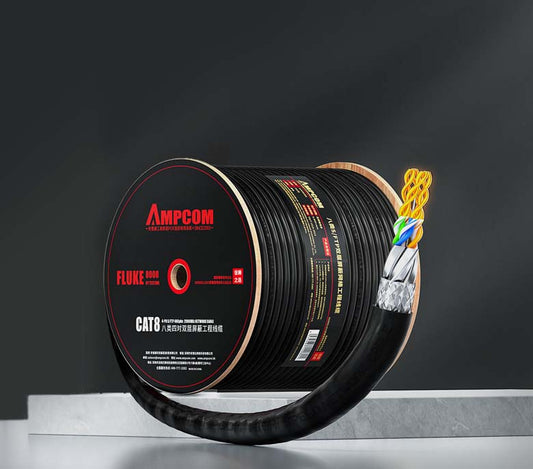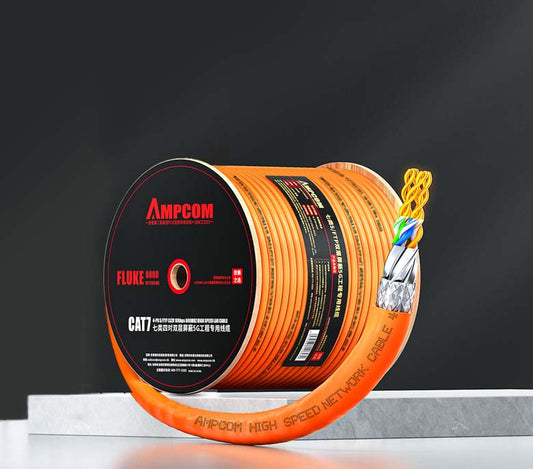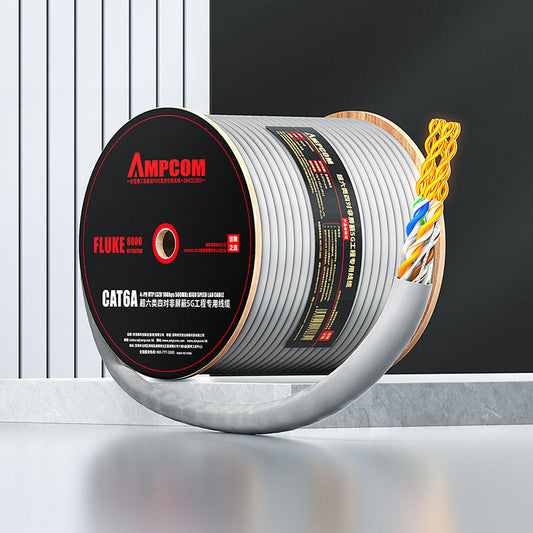What’s the Difference Between Single-mode and Multimode Fiber?
If you’re planning a structured cabling upgrade, few choices matter more than whether to deploy single-mode or multimode fiber. Both move data with pulses of light through glass, yet they solve different problems. Think of your network as a transportation grid: sometimes you need a long, straight expressway that connects distant cities; other times you need fast, cost-effective streets inside a dense campus or data hall. The right answer depends on distance, bandwidth targets, optics costs, and how you expect the network to grow.
Single-mode
Single-mode fiber (often labeled OS2 in modern builds) guides light down an extremely small core—about 9 µm—so the signal travels in one dominant mode with minimal dispersion. The result is exceptionally low attenuation and clean signal integrity over long spans. It’s the medium of choice for metro rings, campus backbones, and any link measured in kilometers rather than meters. If you need to drive 10G, 40G, 100G, or beyond across buildings or between sites, single-mode delivers the headroom to scale without rebuilding the physical layer.
That performance comes with trade-offs. Single-mode links typically use laser-based optics with tighter alignment tolerances; transceivers and test gear cost more than their multimode counterparts, and installers must be precise about connector quality, cleanliness, and bend radius. The payback is longevity: once the glass is in, you’ve laid the foundation for future generations of optics. For many organizations, running single-mode for the backbone and aggregation tiers provides a “do it once, do it right” path, especially when integrated with robust enterprise fiber optic systems that simplify management from patch fields to panels.

Multimode
Multimode fiber uses a larger core—commonly 50 µm (OM3/OM4/OM5) or legacy 62.5 µm (OM1)—so multiple light paths (modes) travel simultaneously. Those modes arrive at slightly different times, introducing modal dispersion that limits reach. In practice, this is rarely a problem for short runs: think rack-to-rack, row-to-row, or floor-to-floor connections inside a building. With affordable VCSEL-based optics, multimode shines where density is high, distances are short, and cost per port matters.
Modern laser-optimized grades extend capability: OM3 reliably supports 10 GbE to typical data-hall distances; OM4 pushes further and handles higher-speed breakout patterns; OM5 adds wider wavelength support for certain short-wave multiplexing strategies. What you give up in long-haul reach, you gain in practicality—easier terminations, lower-cost transceivers, and rapid moves/adds/changes. Pairing multimode trunks with well-designed fiber optic terminal boxes keeps patching organized, protects connectors from dust and strain, and preserves link budgets in busy environments.
So which should you pick? Start with the physics of your site: map actual link distances (with margin), target speeds today and in three to five years, and the optics budget you can support. If any critical path exceeds a few hundred meters—or you want maximum upgrade flexibility without touching the cabling—single-mode is the safer backbone. If your links are all inside a building or a compact campus, multimode often offers the best total cost of ownership. Many mature designs blend the two: single-mode for inter-building or core uplinks, multimode for horizontal runs and server/leaf connections. Whatever you choose, remember that fiber is only as strong as its weakest interface; consistent cleaning, correct polarity, and high-quality high-performance fiber optic cables will do more for real-world throughput than any spec sheet alone.
One final lens to view the decision through is lifecycle risk. Labor, outages, and construction windows are expensive; cabling is hard to revisit once ceilings close or conduits fill up. If you expect bandwidth demand to climb sharply, leaning toward single-mode in strategic corridors can de-risk the future. If your workloads are localized and port counts are exploding at the edge, multimode keeps acquisition costs down while meeting today’s SLAs. Choose the glass that matches the geography of your traffic, and let optics economics guide the rest. With the right mix—and tidy patching discipline—you’ll have an optical layer that feels invisible: fast, predictable, and ready for whatever your applications ask next.



